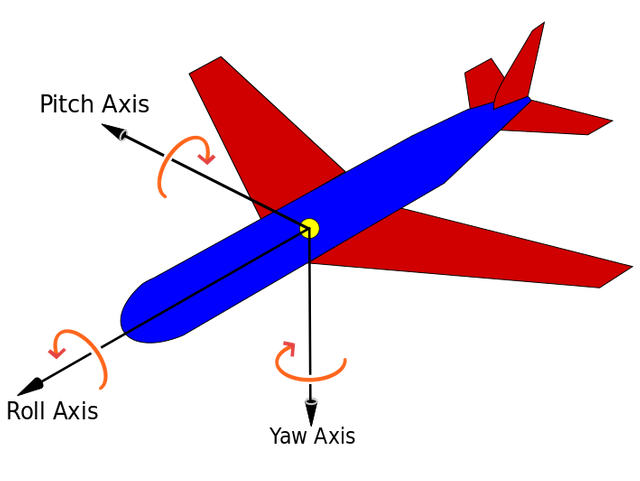On Flight and Passion
I will never forget the day we took the books out of their boxes. My mother bought an Encyclopedia Britannica when I was 7 years old. Mom had the book shelf all ready to receive these wonderful gifts of knowledge. I was fascinated and curious as to what these books really where. Little did I know at the time how much I would fall in love with the entire collection. Of course , we started investigating at the very beginning; the letter “A”.
Like most 7 year olds, I was very curious. I was an introvert (still am) and would often lose myself in my own imagination or creative activities. I loved to draw. I especially loved to draw those creatures that took to the air. I loved all the birds, dragons, butterflies, bats, even the winged demons from fairy tales and scary books. I loved the idea of wings. And when I stumbled onto the “Airplane” chapter of the Encyclopedia’s “A” volume, I became so entirely hooked that most of my time from then on was spent reading and re-reading the book.
In my adult life, I look forward to those magical moments of understanding, those “eureka” moments where the inner door swings open, and the light behind it is full of joy and brightness. These moments I also consider to be “flow state” moments. But when one is 9 years old, from what I remember, these moments are full of pure joy. Through one of those moments with the encyclopedia, I had discovered one of my biggest passions.
I have always wanted to know how things worked, especially when it came to airplanes. As I was browsing through the letter “A” of the encyclopedia, I immediately stopped at the “Airplane” section. I was immediately enthralled. The magical Encyclopedia Britannica had within it a diagram describing the different axes of rotation by which an airplane flew. Of these there are 3: the longitudinal axis, the lateral axis, and the vertical axis. Each axis intersected at one point within the fuselage of the airplane: the center of gravity. The control surfaces responsible for guiding the airplane through the air were the ailerons, the elevator, and the rudder.

As you can see, the “rolling” motion of an airplane is done on the longitudinal axis, and it is controlled by the ailerons which are located at the end of the wings. The “pitch” or up and down movement is controlled by the elevators usually located on the tail of the aircraft. The motion of “yaw” around the vertical axis is controlled by the rudder. As the airplane travels forward through 3D space, all of its movements are controlled by the simultaneous manipulations of these control surfaces. This little 7 year old’s mind was blown!! It was so amazing to see how the airplane actually worked.
I went on to further deepen my immersion into all things airplane/flight ever since. I got into model building soon after, and I even got into flying RC models in my early teens. And as luck would have it, the opportunity finally arrived where I actually got to learn to fly a real aircraft. But it wasn’t just any old single engine plane. It was even more special than that. At the age of 14 I got the chance to learn how to fly a glider.
Flight to me signifies freedom, momentum, and pure joy. And it is one passion that has never ever faded.
Enjoy this little short classic glider flight video for a glimpse of what it would be like!
Your passion certainly comes through in your writing. I know enough physics to know what can go wrong, and not enough about engineering to know what we've done about it, so I've always been a nervous flyer.
As long as the pilot is in the plane with me, I'll still fly. The day they go remote control is the day I start taking the train :)
Thanks Matt. Flying is risky for sure. But I think it is worth the risk.